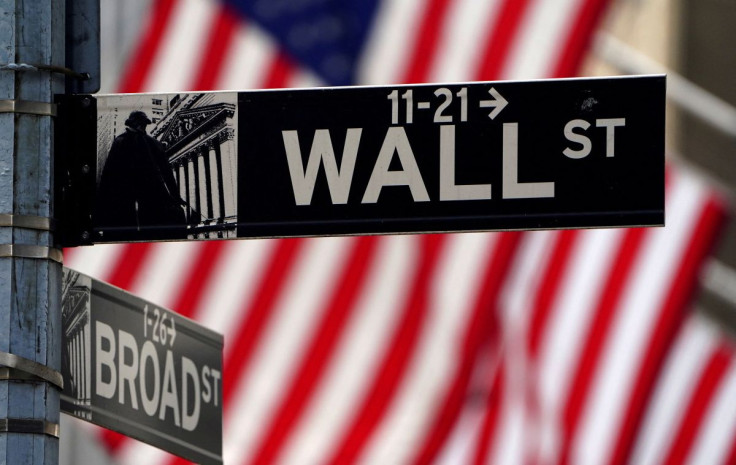Wall St Slips On Global Slowdown Worries

U.S. stock indexes fell on Monday, extending a sharp selloff from last week as fears over China's COVID-19 outbreaks spooked investors already worried about faster U.S. interest rate hikes denting economic growth.
The worries reverberated across world markets, with Chinese shares marking their biggest slump since a pandemic-led selling in February 2020 and European stocks falling to their lowest in over a month on fears of strict restrictions in China. [MKTS/GLOB]
All the major S&P sectors fell, with energy stocks tumbling 5.6% as Brent crude prices dropped almost 5% toward $100 a barrel. [O/R]
Oil majors Chevron Corp and ExxonMobil fell more than 4% each, while oilfield services companies Schlumberger NV and Halliburton Co dropped nearly 9% each.
Other economy-sensitive sectors such as materials, financials and industrials also took a hit, falling close to 2%.
"We're not sure how much the Fed is going to raise rates, we're not sure of the impact on the economy, expectations are for a recession at some point and then you throw on top of that COVID lockdowns in China," said Paul Nolte, portfolio manager at Kingsview Asset Management in Chicago.
"Volatility is not likely to go away for a while. So we're going to see the markets still move in these one to two percentage point daily ranges."
The CBOE Volatility index, known as Wall Street's fear gauge, hit its highest level since mid-March at 31.2 points.
Investors were also on edge at the start of a week that will see megacap companies like Google-parent Alphabet Inc, Microsoft Corp, Amazon.com Inc and Apple Inc publish quarterly results.
Bleak results from pandemic darling Netflix along with surging bond yields pummeled high-growth stocks last week, bringing year-to-date losses in the tech-heavy Nasdaq to 18.6%.
Traders are pricing in big moves by the Fed this year to control inflation after a series of hawkish remarks from policymakers. Fed Chair Jerome Powell last week gave a "go" sign to a half-point rate hike in May and signaled he would be open to "front-end loading" the U.S. central bank's retreat from super-easy monetary policy.
At 12:15 p.m. ET, the Dow Jones Industrial Average was down 277.79 points, or 0.82%, at 33,533.61, the S&P 500 was down 44.25 points, or 1.04%, at 4,227.53, and the Nasdaq Composite was down 22.47 points, or 0.17%, at 12,816.83.
Nearly a third of S&P 500 index firms are due to report this week. Of the 102 companies in the S&P 500 that posted earnings so far, 77.5% reported above analysts' expectations, according to Refinitiv data.
In M&A news, Twitter Inc rose 3.9% after sources told Reuters it was set to accept Tesla Inc chief Elon Musk's 'best and final' offer of $54.20 per share in cash.
Silicon Motion Technology Corp jumped 10.2% after a report said the chipmaker is exploring a sale.
Declining issues outnumbered advancers for a 2.92-to-1 ratio on the NYSE and a 1.49-to-1 ratio on the Nasdaq.
The S&P index recorded one new 52-week high and 50 new lows, while the Nasdaq recorded 16 new highs and 430 new lows.
© Copyright Thomson Reuters 2024. All rights reserved.




















